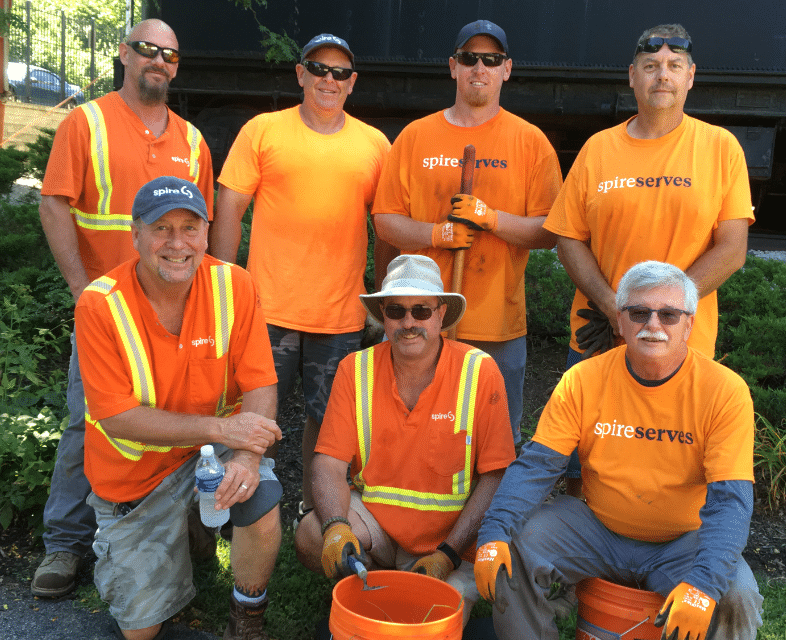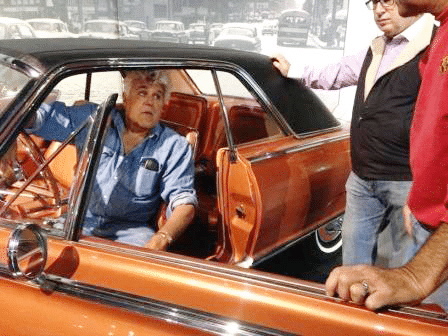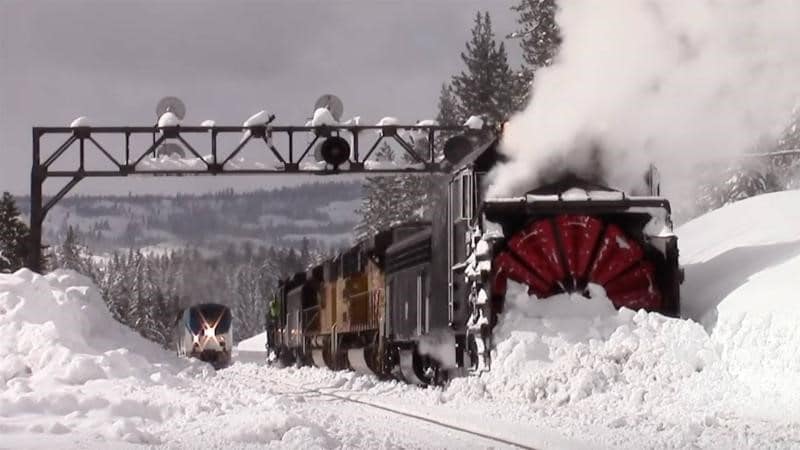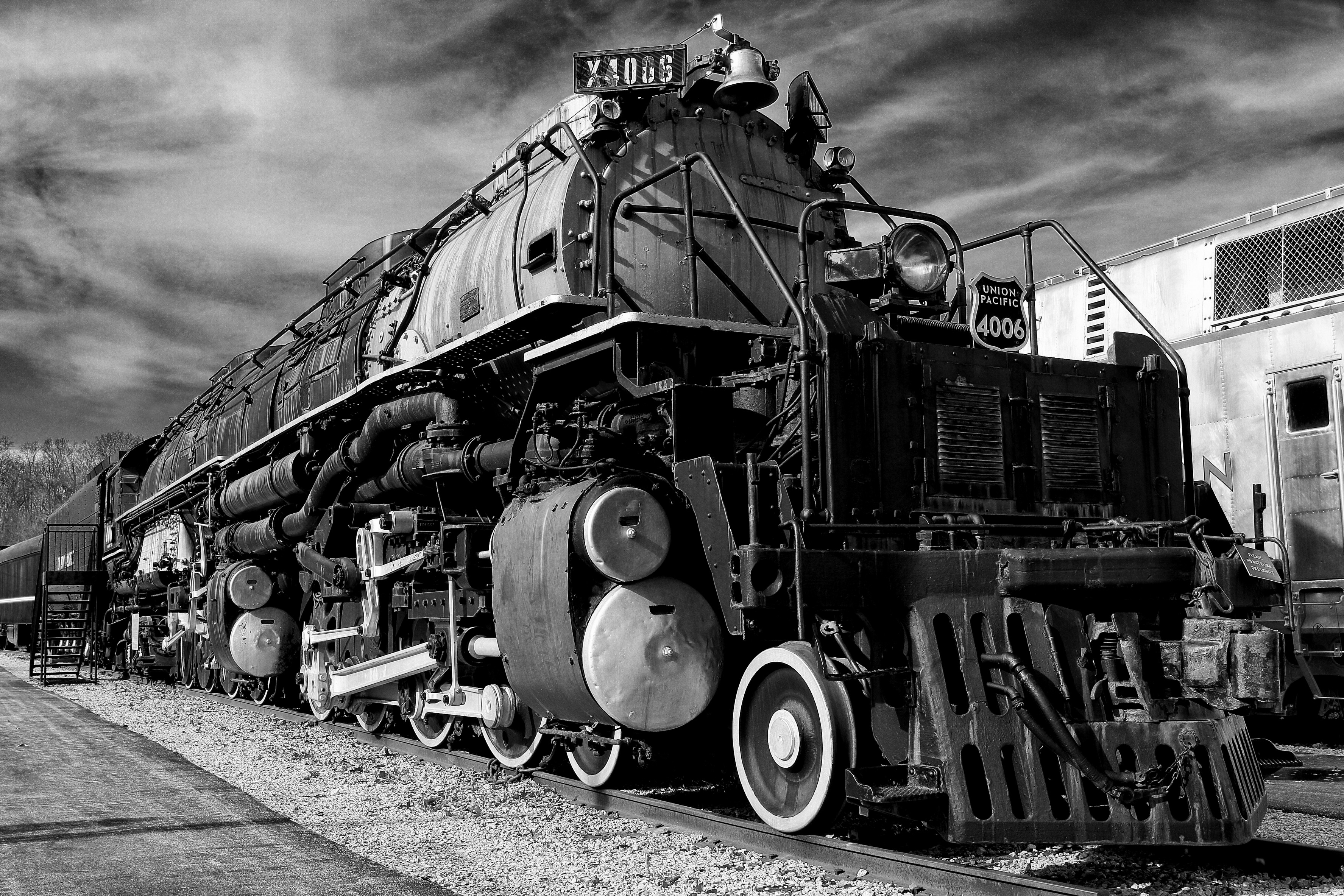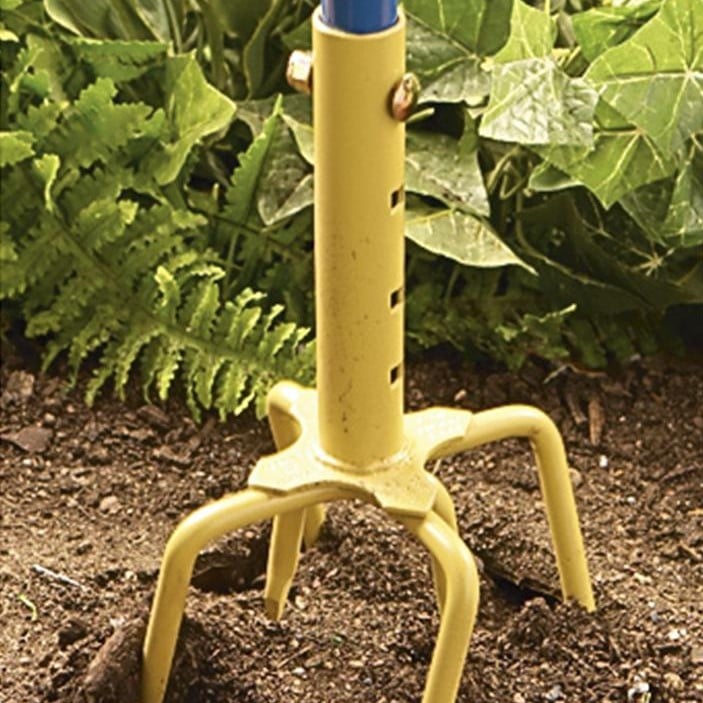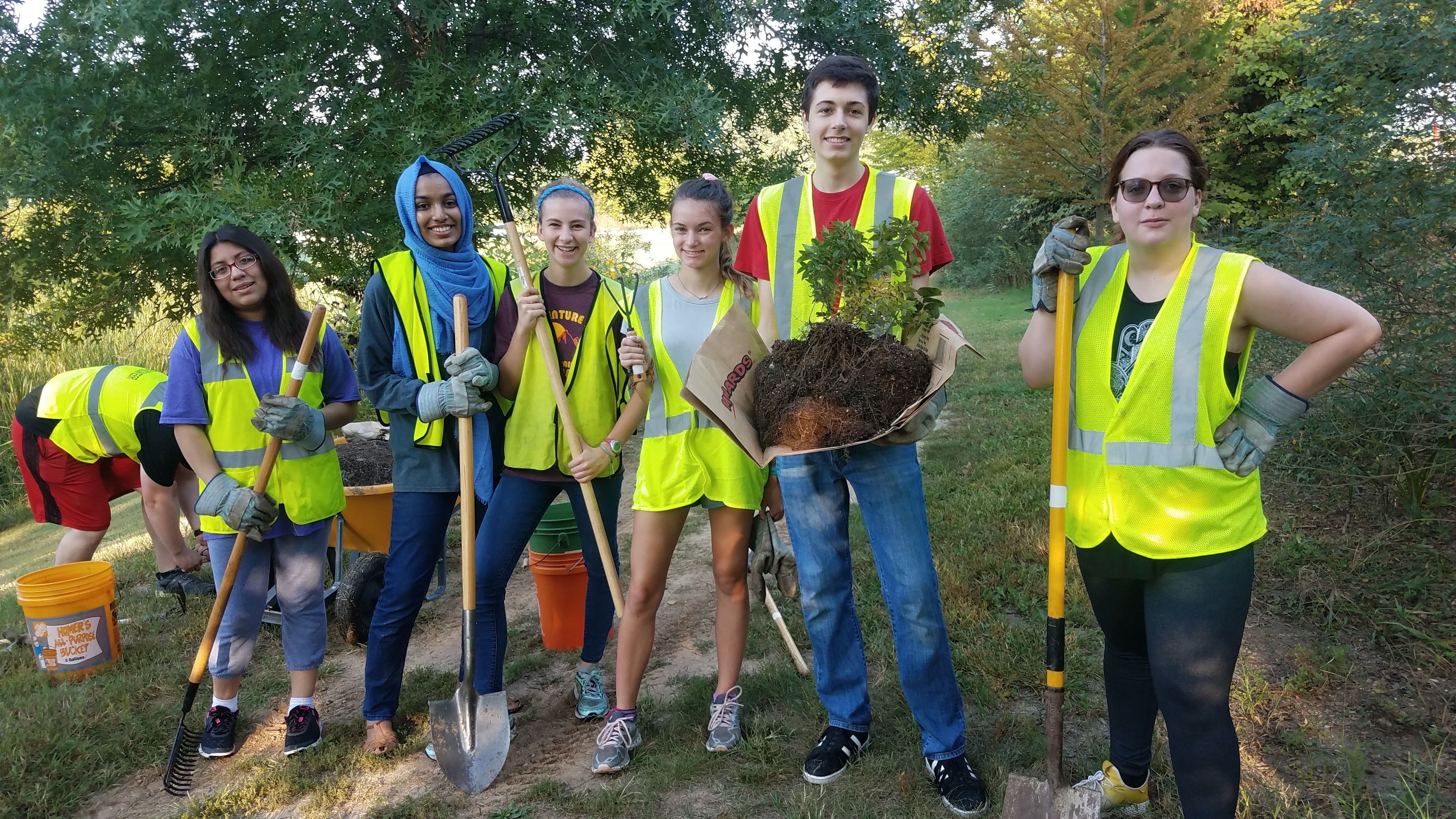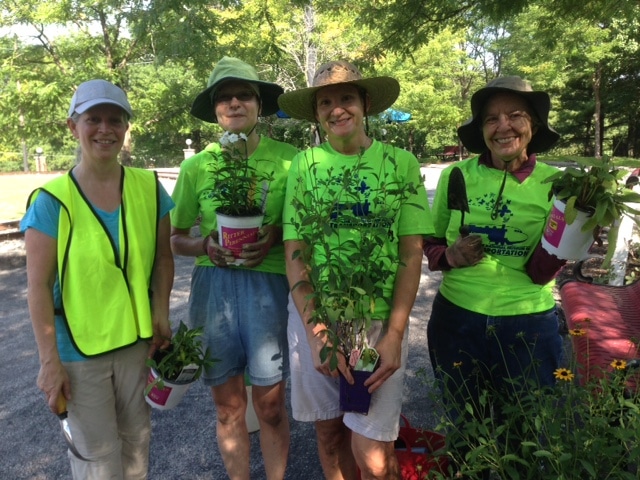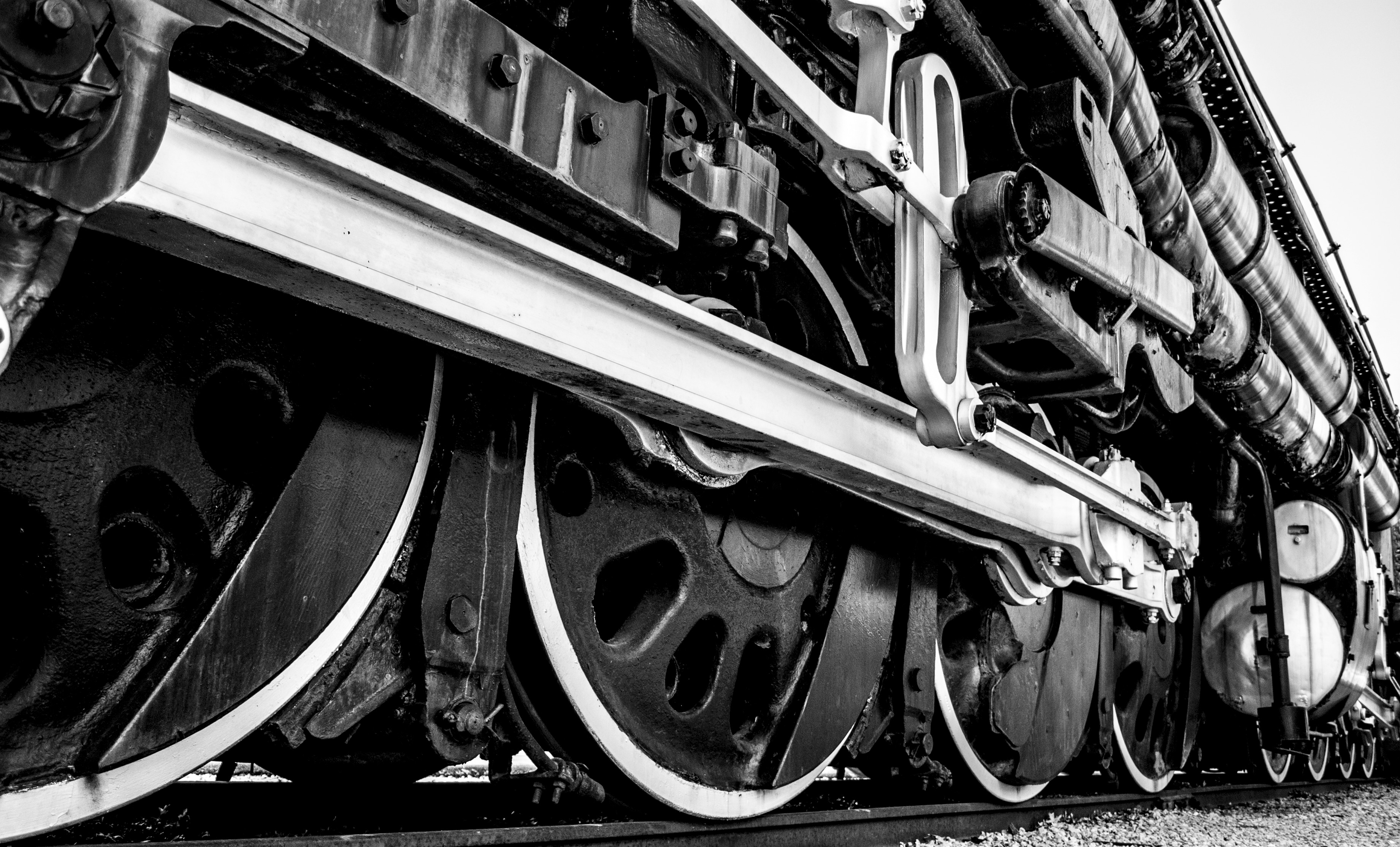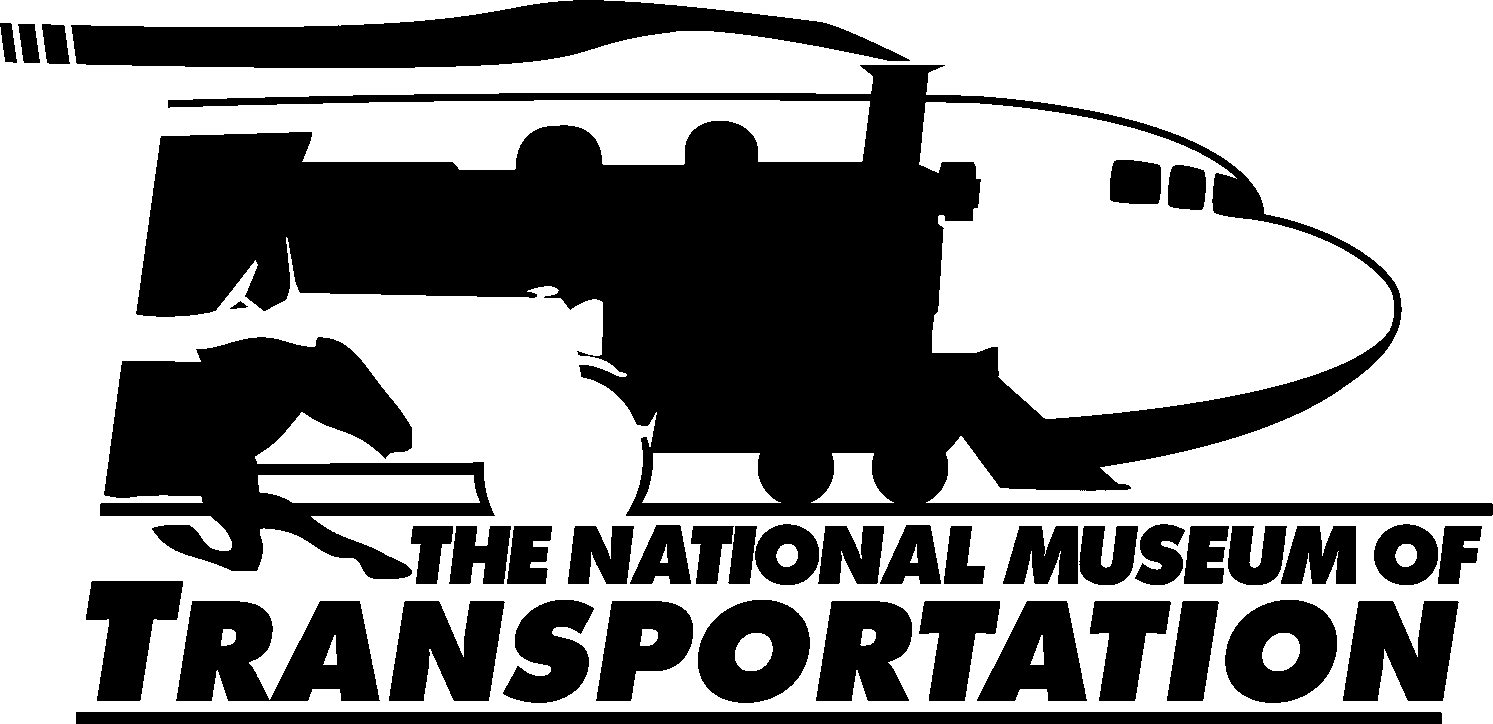Spire employees kicked off August with a productive volunteer workday at The National Museum of Transportation! Corporate workdays help the Museum efficiently complete large projects while allowing employees to benefit from a unique fellowship opportunity. To learn more about corporate/group volunteer opportunities, please contact April at [email protected]
Author: Museum Director
“Bee-ing”: Horticulture
Nature is the best design collaborator!
Unlike me, She is able to work tirelessly!
According to a most inspiring and renown sustainable architect Sim Van der Ryn, “since the “Back to Nature” movement of the 60’s there has been a challenge to design “smart” rather than accept the romantic notion of living off the land.” I believe we have do both live smart and give back to the land so that we can support LIFE. Isn’t that really romantic?
What does that mean for “sustainable” landscape design when we are clearly entering into a crisis of supporting an ever expanding human population with a dwindling pollinator population?
This push to help pollinators may “bee” the moment in history when sustainable gardening truly take off and mainstreamers begin to understand what we as environmental horticulturists embrace, the future is “functional horticulture”!
I always want to be a promoter of an environment that can help facilitate a healthy home for pollinator and us.
As an advocate for my partner, Nature, I always “Garden for LIFE.” I consider myself part of this sustainable revolution and now after decades of carrying my deeply held environmental and spiritual values, I am honored that in my silver years I have the opportunity to “bee” partnered again with my friend, Nature as we steward the LIFE exhibit together, demonstrating our message:
LIFE, It’s time to “bee” WITH Nature
L For: Living creatures
I For: Interactive opportunities
F For: the Future, their and ours and the food chain that connects us to them
E For: our Essential need for eco-balance for everyone’s survival
Come visit the pollinary park, Pollinator Junction @ The National Museum of Transportation.
Pollinators – Nature’s most amazing Transporters!
Chrysler 1963 Turbine Car
| Many consider the 1963 Chrysler Turbine Car to be the most valuable automobile in the Museum of Transportation’s Collection. Of the fifty-five that were built, only nine remain and of those nine, only three still run. The Museum is proud to own the only operational Chrysler Turbine Car on public exhibit. The Turbine Car can run on virtually any fuel, including cooking and heating oil, though leaded gasoline would leave deposits that caused damage. The paint is a unique root beer color, also know as “Turbine bronze.” For more information on this fascinating vehicle, please follow this link for additional history. |
Snow Plow Clears the Tracks!
On a cold January day, we thought it would be cool to feature our Union Pacific Snow Plow.
Designed and built by the Union Pacific Railroad in its Omaha Shop, the National Museum of Transportation’s rotary snow plow is the heaviest ever built weighing 367,400 pounds. (At over 183 tons, that’s the same as 62 African Elephants!)
Its cutting wheel could throw snow far to either side of the track as it was pushed forward at four to six mph. It is not self propelled and must be pushed by three or four locomotives.
A steam generator heats the carburetor, prevents the fuel and water pipes from freezing and thaws out the cutting wheel if it gets stuck. The plow engineer controls both the plow and the trailing locomotives. The circular windows in the front of this plow revolve to keep them clear from snow. This link will take you to Discovery Channel’s snow plow show segment.
Big Boy Steam Locomotive
“Big Boy” is the World’s Largest Successful Steam Locomotive
Known as a “Big Boy” because of its immense size and power, Union Pacific Railroad #4006 is one of the world’s largest successful steam locomotives.
Built in 1941 by the American Locomotive Company at a cost of $265,000.00 and with a total weight of over 600 tons, Number 4006 is one of 25 Big Boys. It is 132′ 9 1/4″ long, carries 33 tons of coal and 25,000 gallons of water in its tender. It is a 4-8-8-4 (simple) articulated locomotive.
Roll on over and visit Big Boy at the Museum of Transportation in St. Louis, Missouri!
Cultivate to Breathe
Cultivate – Pollinator Junction
As you visit the pollinary park at the Museum of Transportation in St. Louis, Missouri, you may notice one constant beyond flowers, butterflies, hummingbirds and bees. There is always the appearance of the newly disrupted soil. No, it’s not an army of moles or deer tromping through (though there is some of that for sure). We are “cultivating!”
Cultivating is actually a combination of many things. Besides removing weeds from the garden, cultivating includes loosening the soil to improve the retention and penetration of air, water and nutrients. The primary reason to surface cultivate your garden’s soil is to break up the soil macro particles into an assortment of sizes and loosen the soil.
Loosening the soil slows down water runoff from rain and exposes more surfaces on the particles. Those particles have facets, sort of like a prism or diamond, except these are a little like magnets and are micro homes for organisms that help the soil feed the plants. These organisms help the particles collect water and nutrients and holds them gently waiting for the roots to grow within reach. These primarily beneficial micro-organisms live in the soil and assist in the root feeding process.
Those organisms are almost like the tiniest mommas, mashing and cutting up the nutrients and elements. They feed the roots just what they need in just the right amounts, like baby’s food but for roots. The micro-mini-moms feed the roots whatever they have available in their soil’s nutrient pantry. The biggest reason for soil testing is knowing what is and isn’t in your soil pantry and how much you need to grow your plants.
All organisms need air and water, the tiniest microorganisms, the little black ant and every plant’s roots. All roots, including the mighty oak or willowy cone flower, a black-eyed Susan in a remnant prairie or a rose in a garden must have some amount of air and water, nutrients and sun.
Moisture follows the air paths. The deeper the air and moisture go, the more healthy, necessary organisms can make themselves at home. The more organisms that are present and ready to feed plants roots, the deeper the roots can go and more roots form. The stronger the roots, the stronger the plant!
In the big picture, gently cultivated soil (not tilled until it’s like fine powdery cake flour soil – ick!) also decreases rain water runoff. It also lessens soil movement, deters weeds and makes weeding much easier!
Although cultivating will bring some weed seeds to the soil surface to germinate, cultivating will also pull up and expose young weed sprouts. These young seedlings will die when left exposed on the soil surface. Weed seed germination is also interrupted by cultivating. A plus of weed removal is the decreased competition for water and nutrients, leaving everything for your plants.
By improving moisture penetration and therefore increasing water retention, cultivating reduces the frequency of supplemental watering. A cultivated garden looks neat and fresh without boatloads of mulch. Surface mulch that is deeper than 2-3 inches in total is not recommended, especially when it is not loosened and incorporated into the soil frequently. Left to age and compact, excess mulch actually repels water, starves plants and suffocates micro-organisms and plant roots!
Parkway SPARK!
Parkway SPARK! students installed sustainable native plants in a hillside garden after eliminating invasive Bermuda grass. Hands-on landscape learning opportunities for students of all ages will take place three Saturdays in October 2018 beginning the first Saturday of the month. Please contact April at [email protected] to learn more.
Nursery Donates Plants
Sherwood’s Forest Nursery provided a generous donation of sustainable plants for the tree planters around the trolley loop and picnic area near the Roberts building. This local nursery donated the plant to the National Museum of Transportation on Wednesday, August 9, 2018.
Special thanks to David Sherwood for providing a great opportunity to improve this high visibility area!
(The volunteers in the photo are Jacki Bettale, Jana Wade, Patti Clerc and Betty Struckhoff. Our gratitude to all!)
Expansion Plans
Expansion plans for The National Museum of Transportation are building on our past to move us into the future. Here is link to our short video, “The Power to Move You,” narrated by Bob Costas himself. Be prepared for a tour of living history and animated youngsters of all ages!
Donation Policy
The National Museum of Transportation is currently participating in a long-range planning exercise. During this process, we will assess the current collections in our library and archives as we evaluate future space needs. During this process, we will not accept donations to the library and archives. To this end, collection donations to the Library and Archives are suspended until April 1, 2024. Please find our full Collections Management Policy by clicking here.
Donations of vehicles have enhanced the National of Transportation’s collections since its founding in 1944. Individuals interested in making a donation should contact the Curator at (314) 821-1180, weekdays between 9:00 a.m. and 4:00 p.m., or by email at [email protected].
Your donation may provide a valuable tax deduction. We encourage you to speak to your tax advisor about the benefits of a donation to the Museum.
Our sincere appreciation goes to all who have donated or are considering donations to our Museum.







